#SpeciesRunDown
Text
Costasiella kuroshimae (AKA leaf sheep and leaf slug) are remarkable aside from being a total cutie

(Look at the wittle lad!!!!)
They are molluscs, sea slugs specifically, they range from 0.20 inches (5 millimetres) to 0.39 inches (1 centimetre) in length

(Pretty)
So, animals, yeah? WELL they can photosynthesize! Technically they're just retaining chloroplasts (the thingy that makes the photos do the thing and get energy synthasized) from the algae they consume (a process known as kleptoplasty) but even if brief and kinda indirect, THEY PHOTOSYNTHESIZE!!!
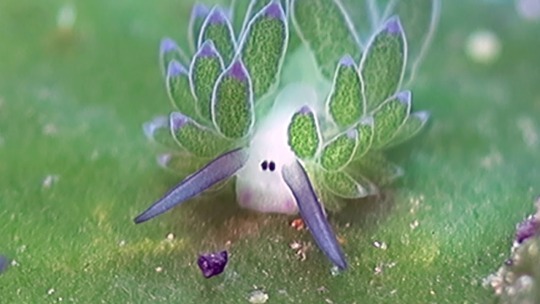
(Those long bits by the 'face' are rhinophores, which help sense smell or taste rhinos)
Now, I'm gonna go whatever the evolution/zoology version of an armchair psychologist is mode.
What does this mean for evolution!? The mitochondria (powerhouse of the cell) is theorized to have been absorbed by our eukaryote ancestors, what if the same thing happens with chloroplasts!? And these slug lads evolve into animals with natural photosynthesis!? That's be pretty tubular and down with the sickness, I know that for sure.
Anyway, TLDR: they cute, they slug, they eat Sun.
#animals#animal facts#cute animals#wild animal#zoology#leaf slug#leaf sheep#costasiella kuroshimae#Please point out any typos or erroneous information#Neat#SpeciesRunDown
3 notes
·
View notes
Text
Giant Panda
Scientifically known as: Ailuropoda melanoleuca (Ailuro meaning cat, poda meaning foot, melano meaning black, leuca meaning white, black and white cat foot!)

(Look at 'em go!)
AKA: Panda bear, giant bear cat (In the original Taiwenese langague: 大貓熊) avoid using just 'panda' unless other people know what you're talking about, not only does it confuse things with the red panda, but the red panda is more accepted to have that name (however I'd recommend avoiding use of it with the red panda too)

(This species has two subspecies, pictured left: the rarer brown panda/Qinling panda, A. m. qinlingensis, which inhabits only the Qinling mountains. Pictured right: the nominate more well known subspecies A. m. melanoleuca)
Because of their somewhat poorly adapt oringinally carnivourous digestive tracts panda bears get little energy from their herbivorous diet, most of their energy comes from the shoots of bamboo, so they eat a LOT in shoot season (April to August) to be prepared prepared for needing to eat the less useful bamboo leaves.
Some people call them stupid beacuse of this (they are big dummies, just for different reasons) but all I see is a highly adapt animal fill a niche unique to its family and order, their stomachs are made special to eat lots of things very quickly so they can get enough energy, their round faces are full of muscles so that their jaws can crush the hard plant, they are comparable to the vegetarian gorilla in their adpations for a sedentary, low energy, lifestyle.

(Wild giant pandas will sometimes eat meat, fruits, honey, and more, but still favor bamboo)
They end up with a lot of cyanide, from their diet, the lethal dose of cyanide in most unadapt animals is 2 miligrams for every kilogram the animal weighs, adult panda bears weigh 100 to 115 kilograms on average, consuming an average of 54.8 to 66.1 miligrams of cyanide in a DAY, but 80% of it gets metabolized into the safer thiocyanate and then urinated out, the other 20% is dealt with through more minor pathways.
They also totally ARE bears! Here the phylogenetic tree!
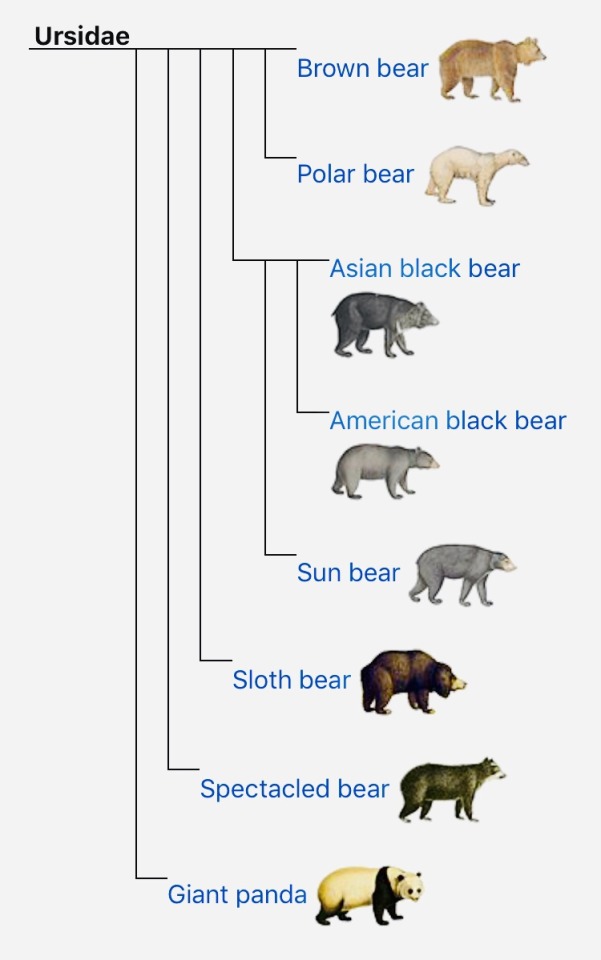
(The phylogenetic tree)
They are part of Ursidae, the famioy of bears, but NOT Ursus, the genus containing polar bears, brown bears, Asian black bears, and American black bears, they're as much a bear as the Sun bear is!
But more than that they're living fossils! Having broken off from the common ancestor loooooong ago, they are equally distant from every extant bear due to that.


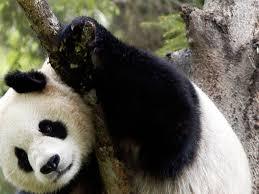
(Panda bears are solitary in the wild, and make a lot of use of olfactory comunication such as pheromones.)
Some have been angry (?) About the conservation efforts put into giant pandas, folks are starting to point out the obvious bias to cute (or something comparable to cute) and instead of trying to help not-normally-considered-cute animals, some get mad at the cute animals getting protection, no, don't do that, it's ridiculous, we should be doing more to help more animals, not doing less!
The giant panda was considered endangered by the IUCN and China, but has since been changed to vulnerable by both, we've made great strides in helping them, and in helping them we created nature reserves which also help to protect snow leopards, red pandas, golden-snub-nosed-monkeys and more! Plants too!
So don't be mad about what we haven't done, be proud of what we have! And make use of the present time and future to do what we've failed to, no matter how little the contribution of the individual may be, it means something, something glorious.

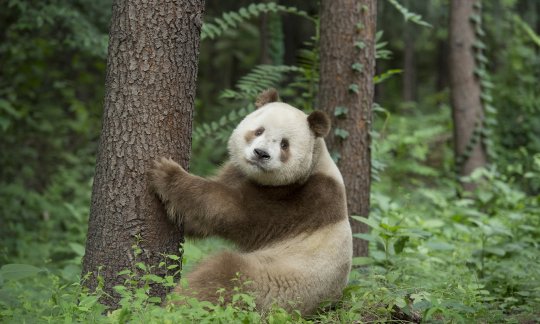


(More brown pandas! There's something so cool about animals with unusual-for-their-species color palates)
Ah, finally, a normal post.
#animal photography#wild animal#animal facts#animal fact#cute animals#animals#panda#Brown panda#Panda facts#cute#fluffy#Please point out any typos or erroneous information#SpeciesRunDown
0 notes
Text
Raja Ofu
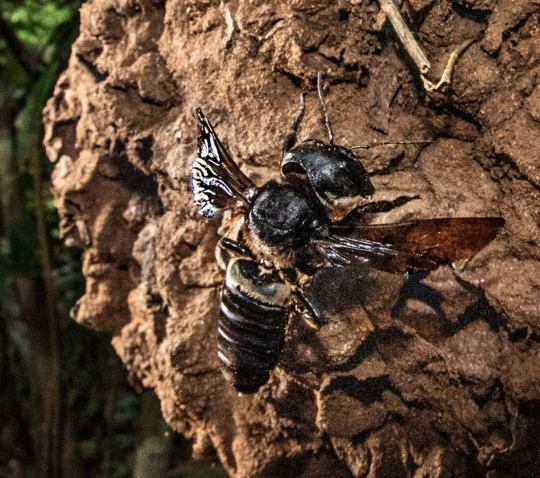
In science terms: Megachile pluto AKA Wallace's giant bee (apt name) the name used in the title translates to 'king of the bees' (also apt)
Yup, that's a bee, AND the largest extant bee, with females being the size of an adult human's thumb, and males an inch long, so, the distance between the tip of your thumb, and thumb's knuckle, big boys and girls.

It was dicovered initially by Alfred Russel Wallace in the mid 1800s, and was thought to be extinct until specimen were found in '81, but we didn't find any more of these guys, and they could have went extinct UNTIL 2018 when dead M. plutos were sold off for nearly ten K to collectors ON FUCKING EBAY, ah-hm, anyway, this caused a search for the mysterious critter, and in 2019...

They found it! It seems to be endemic to the Indonesian islands of Bacan, Halmahera, and Tidore, so, not a sprawling habitat, to say the least.
Recording of it, made by researchers
Okay, cool story bro, but what about the bee?
Speed: unknown,
weight: unknown
Sting: fatal to fully grown humans within 0.0003 seconds (when stung in the toe) however every 0.0000001 second feels like a million years of abject torture and agony so horrid you'll pray for dea-
Nah, I'm just kidding, well, only about that last part, we don't know its speed or weight, but we do know its safe, hell, its sting is less painful than that of honeybee, and no more dangerous, only done defensively on top of that.

those intimidating jaws? For the collection of plant resin which they use for nests, these guys can't even swarm you because they're solitary bees, yup, that's right SOLITARY bees (which isn't uncommon amongst bees, there are numerous solitary species) they live alone and have no queen, though, tend to make nests in close proximity to one another.

Speaking of nests, it makes its inside the nests of termites, using resin to section off a room, whether its relationship with the termites is obligatory (they need to do it survive) or not, or if its symbiotic, commensalistic, parasitic, or what have you, is unknown, but they sure do it.
They are also good pollinators, but don't make honey, which is true for large number of bee species (not every bee is a honey bee, pal)

To close off, they're considered threatened by the IUCN due to habitat loss and collectors going after them, on top of an already small range, things look pretty grim for this wonderful, flower loving fella,
so, please, tell tell a friend, or make a blog post, or anything about this neat lil guy, or about bees in general, they deserve more love than they get, and right now, a good amount of them need that love.

They just wanna smell the roses, like us.
#I just learned about these guys from a shitpost and HAD to do some looking into#They're precious#Raja ofu#Megachile plute#megachilidae#bugposting#animal facts#animal photography#wild animal#Please point out any typos or erroneous information#insects#Insect#animals#Animal fact#SpeciesRunDown
0 notes
Text
Northern Lapwing

Or in Bigwordese Vanellus vanellus (Ah, I love species names that just repeat the generic name) AKA peewit or pewit, tuit or tewit, or even pyewipe,(all onomatopoeic of the birds song(s)) or green plover.
Their name 'lapwing' comes from the lapping sound their large wings make in flight, they are also known to make strange tottering motions in flight, but are capable of flying more regularly.
V. vanellus songs (catchy)
V. vanellus tottering example (majestic)

(A juvenile Northern Lapwing)
These shorebirds (or waders, for you Europeans) live/travel across much of the palearctic and oriental biogeographical regions, from Russia to North Africa and China, they mate in solitary pairs, the mother taking the head in incubating, and the father in protecting, though, these roles may be swapped out from individual pair to pair.
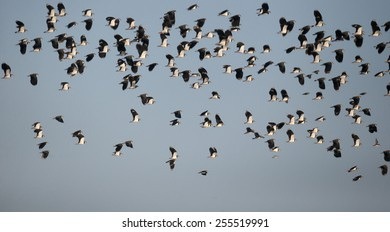
They are precocial, meaning that they're capable of moving and eating (mostly Earth worms and leatherjackets) on their own from the moment they hatch, parents and even unrelated Northern lapwings will participate in mobbing (where a prey species essentially gangs up on and bullies one of their predators) and deception to protect endangered chicks.
Adults eat grains, small fish, and invertebrates.

Rated near threatened by the IUCN their population has been on decline for several reasons including, but not limited to, newly introduced predators, hunting by humans, egg stealing by humans, new agricultural methods as they make good use of arable and otherwise agricultural land, and wetland drainage, which they also made use of.
Various actions are being taken by the EU and other groups to keep their situation from getting worse, lets hope it works out for these lovely feathered fellows.
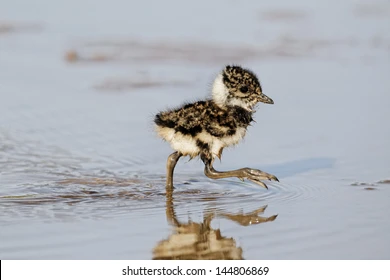
LOOK AT THE LIL CHICK!!!!
#northern lapwing#lapwing#Vanellus#Vanellus vanellus#birds#bird photography#cute animals#animal facts#animals#wild animal#cute birds#birdsong#Their crests are pretty cool too#Bird crest#Please inform me of any typos or erroneous information#SpeciesRunDown
1 note
·
View note
Text
White-Nosed Coatimundis
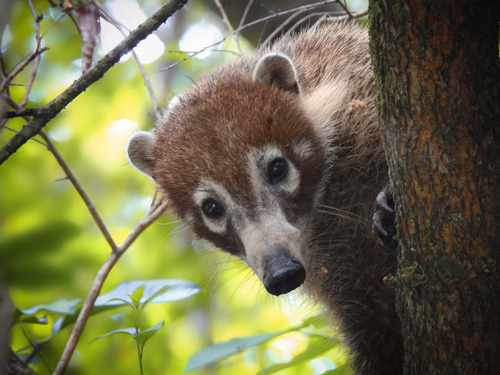
Don't fall prey to the same error I did, it is pronounced "koh-ah-tee-muhn-dees"
Scientifically known as Nasua narica, AKA antoon, gato solo, pizote, and tejón.

You may or may not have noticed the rather pronounced sniffer on this lad, the folks behind its taxonomy sure did, Nasua translates to 'nose' and narica translates to nostril, I leave this information for you to do with as you wish.

This caniformic cutie is known to help pollinate balsa trees, in exchange it gets precious nectar, though, most of its food comes from insects, with the occasional land crab, or small vertebrate.

Despite being part of the same family as raccoons (Procyonidae) it is actually diurnal. It spends most of its time on the ground, but does climb trees, something its large front claws, and tail, make it adapt at.

It is thankfully considered least concern by the IUCN, its range is large (comprising some of North, Central, and South America) and its population has been growing since the sixties, after it took a hit, it even seems to have gotten a stable population in Florida, after some escaped captivity, though, the exact time it started is unknown.
Some people keep them as pets, I frankly detest that, but I concede, if I could cuddle one of these fluff-babies without harming either of us, I would.
#cute animals#animals#animal photography#wild mammals#wild animal#mammal#Coatimundis#Feel free to correct any erroroneous information or typos#If you have an animal you think is neat I'd be happy to hear about it#SpeciesRunDown
1 note
·
View note
Text
Noronha skink

(Or Trachylepis atlantica) is (unsuprisingly) a species of skink, which I've delved into recently.
It is one of few Trachylepis species to be found outside of Africa, specifically, it is endemic to the South American island Fernando de Noronha, it likely got there through rafting millions of years ago.
This oviparous skink is one of few reptiles to be a pollinator, specifcally of the tree Erythrina velutina, when it eats the plant's nectar, though its diet is made up mostly of bugs.

It is believed to have had no natural predators until some were introduced by humans, such as the house cat, and cattle egret, however, its population has thankfully not been greatly diminished by them. It has a easily torn off tail, which likely helps protect it, like most skink.
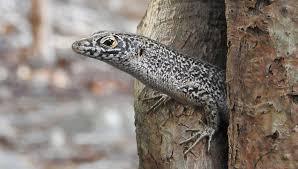
The animal's etymology history is quite interesting, to simplify it greatly, it was given a variety of genuses and species names, including now defunct genuses, it was believed to be one and the same as another South American islander skink but most amusingly it was given an already taken species name, the illegitimacy of the name was pointed out, it was changed, BUT THEN it was revived and the ALREADY TAKEN taxon was used for a while before being dropped again.
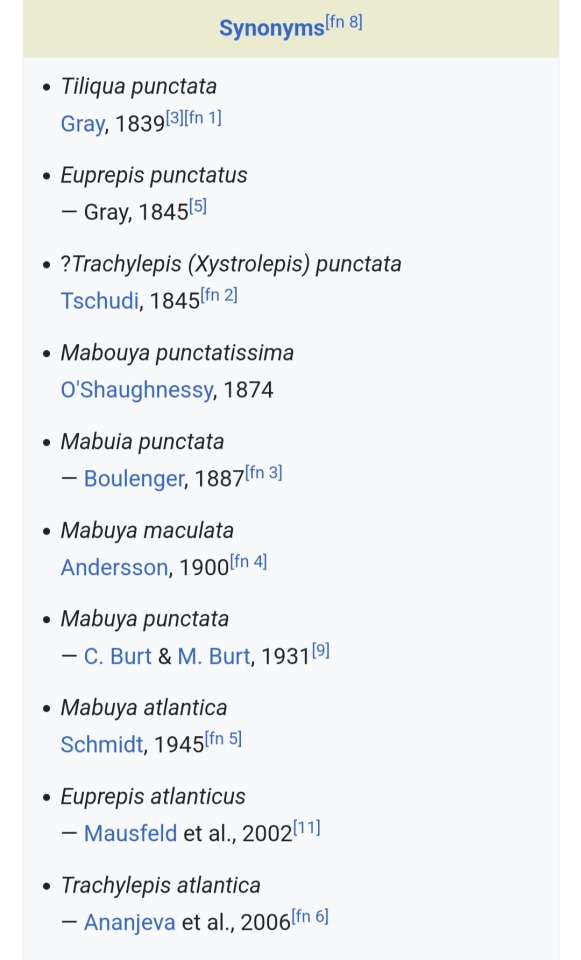
LOOK AT THIS
Either way the Trachylepis Atlantica is thought to be a brave and curious little guy, and I can say with authority that they deserve love and a watchful eye, though classified least concern classed at the moment, some fear the species' future.

#wild animal#zoology#fernando de noronha#Noronha skink#skink#reptile#animal facts#animal photography#animals#cute animals#rare animals#Dunno what animal I'll read about next#Recommendations and good info sources are welcome.#If any information presented is untrue or if there is any typos please correct me#SpeciesRunDown
1 note
·
View note
Text
EukaryotesRool tag key
I've given my posts tags to fit them into different groups.
SpeciesRunDown: The classic post, I pick a species and go through various details of it.
TaxonOverview: I pick a taxonomic group, give an overview of it, and then talk briefly talk about members of it.
QuickFacts: Where I quickly go over a specific zoological (or of a related field) fact/detail.
FanboyMode: Where I talk about a work of fiction, usually with real life (zoology especially) information mixed in.
Metapostian(hehe): Posts about the blog itself, like this one!
DoodlesRool: Random doodles, of animals, generally.
My need for defining and grouping made me do this, hopefully it is of use.
0 notes